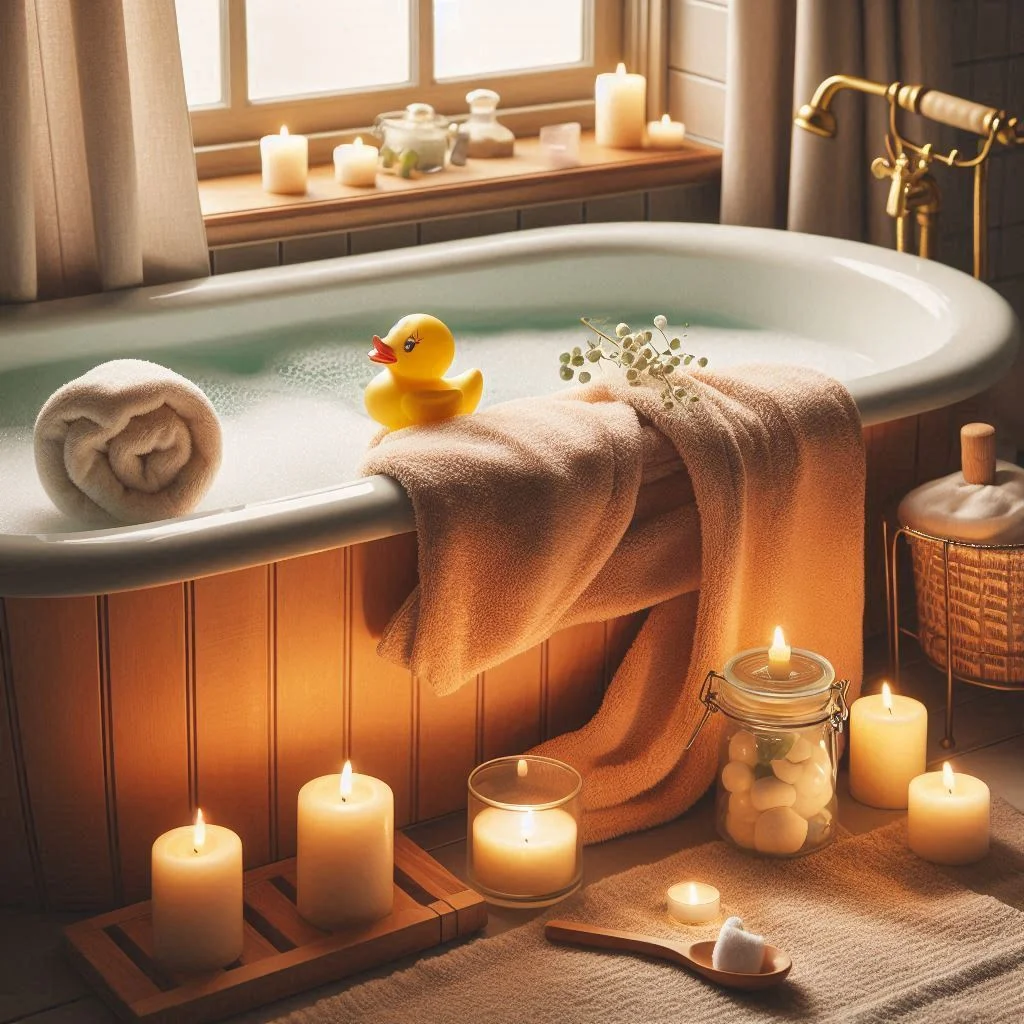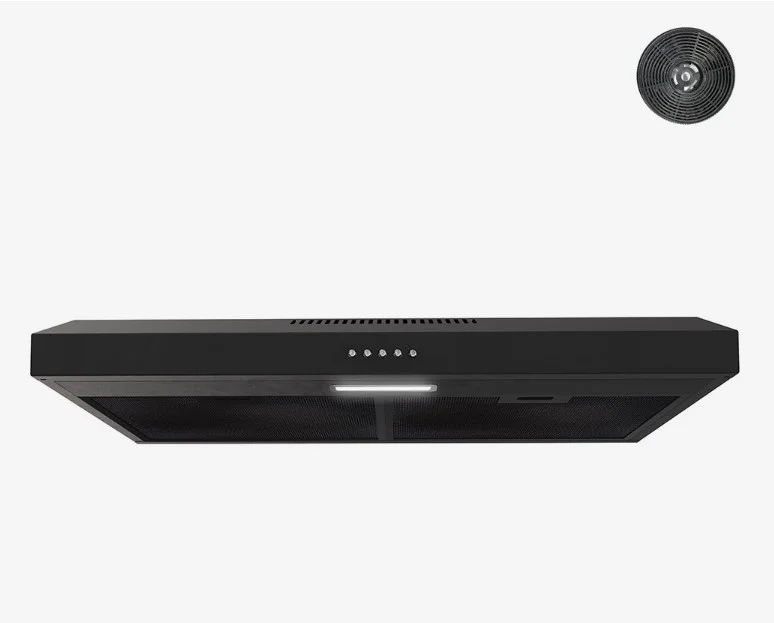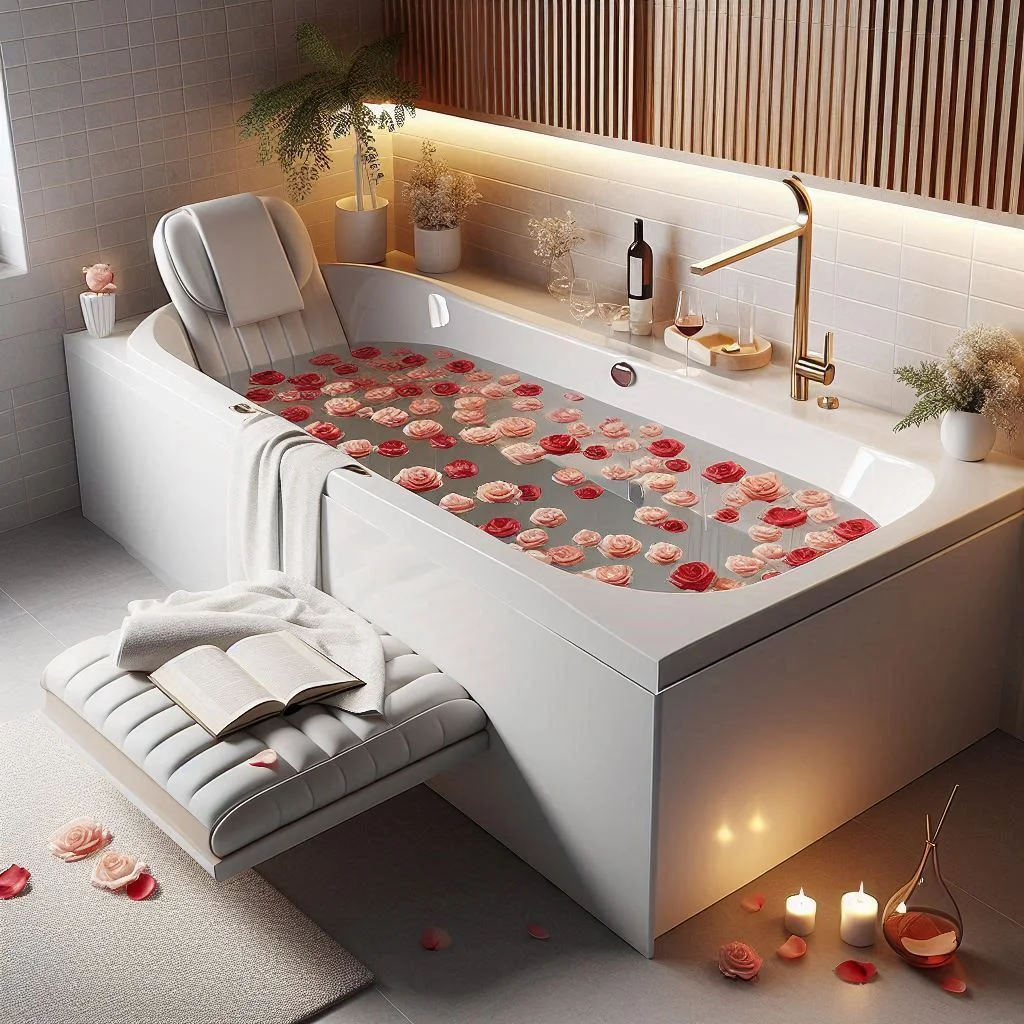Bathtub Guide for Beginners
If you’re in the market for a new bathtub, the choices can quickly become overwhelming. With so many materials, styles, and features available, how do you know which one is right for you? This Bathtub Guide for Beginners is here to help you navigate the world of bathtubs and find the perfect fit for your bathroom. Whether you’re remodeling an old bathroom or outfitting a new one, this guide will break down everything you need to know before making a decision.
From understanding the different types of bathtubs — such as freestanding, alcove, or corner tubs — to selecting the right materials like acrylic, cast iron, or stone resin, we’ll cover all the essential aspects. We’ll also guide you through factors like size, shape, and budget considerations, ensuring that you can make an informed choice based on your space and preferences.
Choosing a bathtub is more than just about comfort; it’s about finding a design that complements your bathroom’s style, meets your practical needs, and enhances your daily relaxation. By the end of this Bathtub Guide for Beginners, you’ll have all the tools to confidently select the ideal tub for your home.
Types of Bathtubs
Before you start shopping for your perfect bathtub, it’s essential to understand the different types available. There are many options to choose from, each offering unique benefits based on your space, budget, and style preferences. Here are some of the most popular types:
-
Freestanding Bathtubs
Freestanding bathtubs are elegant and stylish, making them a perfect focal point for modern bathrooms. These tubs sit independently in the room without being attached to the walls, giving your bathroom a luxurious, spa-like feel. They come in various shapes, including oval, round, and rectangular, to fit different design aesthetics.
-
Alcove Bathtubs
Alcove bathtubs are the most common type and are designed to fit snugly into a three-wall enclosure. They are ideal for smaller bathrooms where space is limited. This type of bathtub is often paired with a showerhead, making it functional for both soaking and quick showers.
-
Drop-In Bathtubs
A drop-in bathtub is installed into a pre-built frame, making it a versatile option for custom bathroom designs. It allows for easy integration with different types of materials, including tile, stone, or wood, creating a seamless look.
-
Corner Bathtubs
Corner bathtubs are perfect for maximizing space in smaller bathrooms. As the name suggests, they fit into a corner of the room, offering a comfortable bathing experience without taking up too much space. They are available in both standard and whirlpool designs.
-
Walk-In Bathtubs
Walk-in bathtubs are designed for easy access and safety, making them ideal for seniors or individuals with mobility challenges. They feature a door that opens and closes securely, allowing you to step into the tub without having to lift your legs over a high edge.
Materials and Finishes
Bathtubs come in various materials, each offering unique benefits in terms of durability, appearance, and comfort. Here are the most common materials you’ll find:
-
Acrylic
Acrylic bathtubs are lightweight, durable, and relatively easy to maintain. They are available in a wide range of styles and finishes, including high-gloss and matte options. Acrylic is also resistant to stains and scratches, making it an excellent choice for long-term use.
-
Fiberglass
Fiberglass is one of the most affordable bathtub materials. It’s lightweight and easy to install, but it may not be as durable as acrylic. Over time, fiberglass may show signs of wear, such as fading or scratching.
-
Cast Iron
Cast iron bathtubs are heavy and sturdy, offering excellent heat retention. They are known for their durability and longevity, often lasting for decades. However, they can be expensive and difficult to install due to their weight.
-
Stone Resin
Stone resin bathtubs are made from a blend of natural stone and resin. They offer a luxurious, high-end feel and are known for their durability and ability to retain heat. Stone resin tubs are also highly customizable in terms of shape and size.
-
Porcelain-Enameled Steel
Porcelain-enamel-coated steel bathtubs are highly durable and resistant to chips and cracks. They offer a classic look and are easy to clean, but they can be quite heavy.
Bathtub Features and Considerations
Once you’ve chosen the style and material, there are additional features you may want to consider when purchasing a bathtub. These features can enhance your bathing experience and improve the functionality of your bathroom.
-
Jets and Whirlpool Systems
If you want a more luxurious experience, you can opt for a bathtub with built-in jets or a whirlpool system. These features provide a soothing massage effect, perfect for relaxing after a long day. They are available in both freestanding and alcove bathtubs.
-
Heated Floors
Installing heated floors beneath your bathtub is an excellent way to ensure warmth during the colder months. The gentle heat beneath your feet adds to the relaxation factor, making it a popular feature for modern bathrooms.
-
Overflow Drain
An overflow drain is essential to prevent water from spilling over the edge of your bathtub. Many modern bathtubs come with an overflow drain built into the design, allowing you to fill the tub with water without worry.
-
Slip-Resistant Floors
For safety, consider a bathtub with a slip-resistant floor. This feature is especially important in family bathrooms or if you have children or elderly family members who may be at risk of slipping.
Installation and Maintenance
Installing a bathtub can be a complex task, especially for larger or more intricate designs. It’s essential to hire a professional plumber or contractor to ensure proper installation and avoid potential issues like water leaks or poor drainage.
Once your bathtub is installed, it’s crucial to maintain it properly to prolong its lifespan and keep it looking its best. Regular cleaning is essential, especially for acrylic and fiberglass tubs, as they can accumulate soap scum and stains. Avoid using harsh chemicals that could damage the finish. Instead, opt for a gentle cleaner designed for your bathtub material.
Conclusion
Choosing the perfect bathtub for your bathroom can be a rewarding experience when you understand the options available to you. From selecting the right style to considering additional features like jets or heated floors, this Bathtub Guide for Beginners is a great starting point. Whether you prefer a freestanding tub for a touch of luxury or an alcove tub for space efficiency, there’s a bathtub out there to suit your needs. Once you’ve chosen your tub, make sure to maintain it properly to keep it looking great and functional for years to come. Happy bathing!





